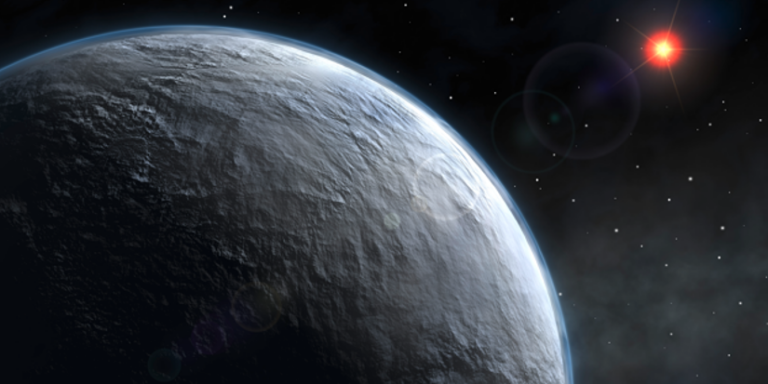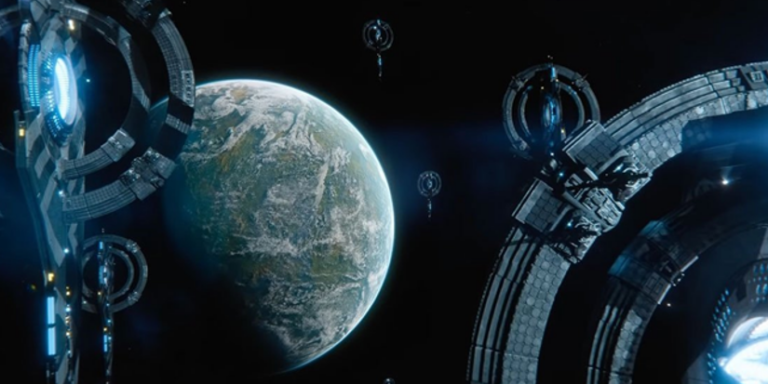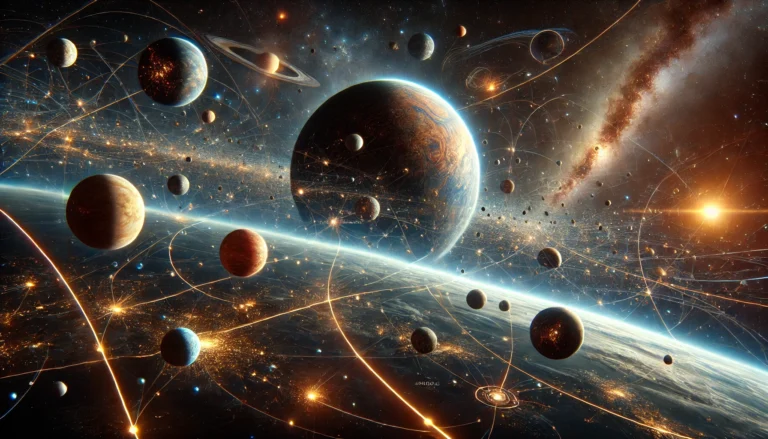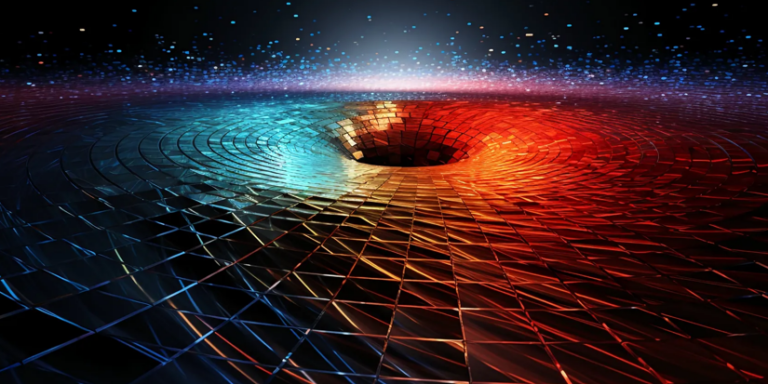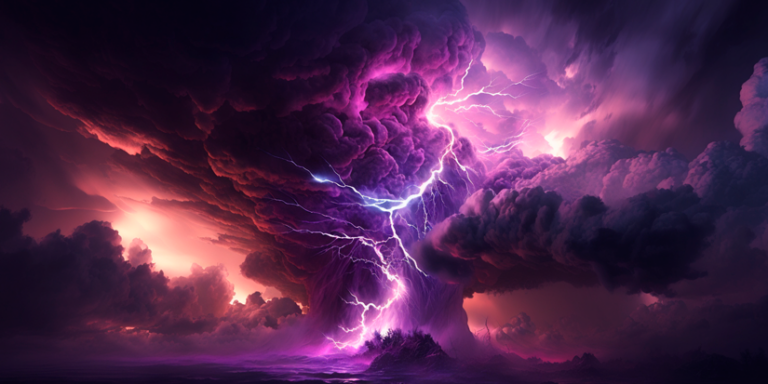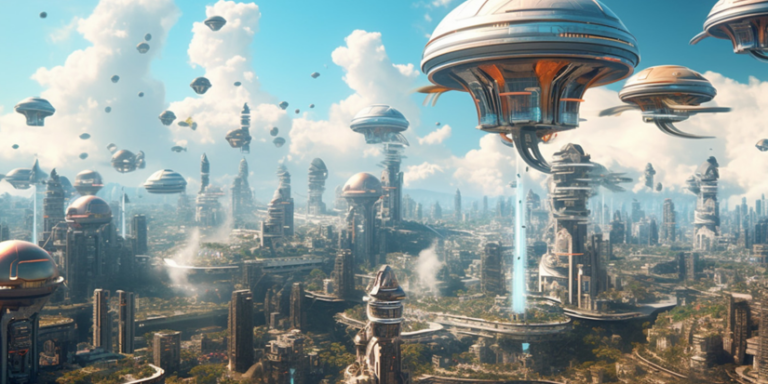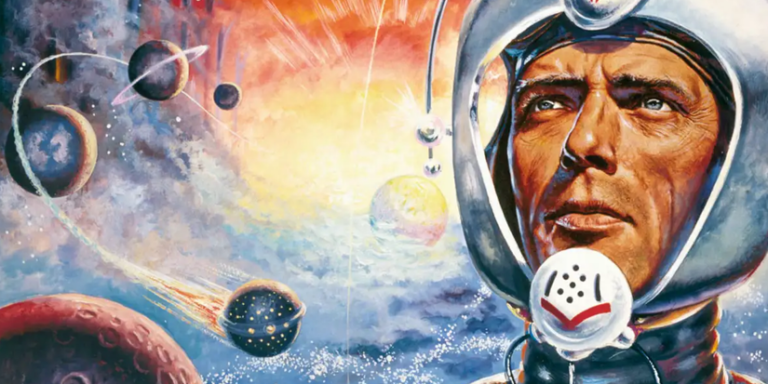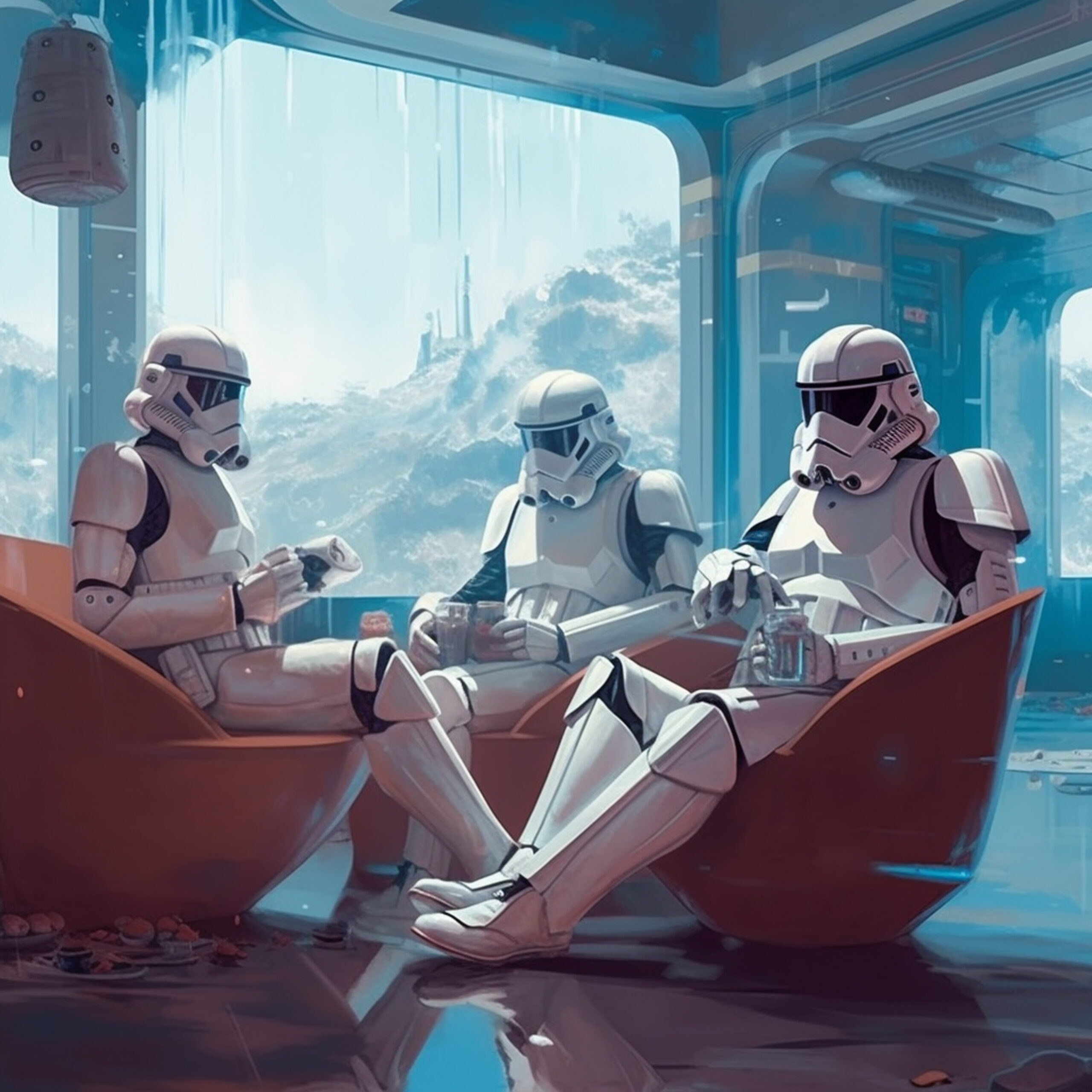
The Galactic Empire in the Star Wars universe is a vast and sprawling entity that spans across thousands of star systems and planets. At its height, it governed a substantial portion of the galaxy, enforcing its rule through military might and fear. Its control was solidified by a complex hierarchy of regional governors, bureaucrats, and stormtroopers, all reporting to the central authority of Emperor Palpatine. The sheer size of the Galactic Empire made it a dominant force in the Star Wars saga. But, just how big is the Star Wars Galactic Empire?
Trans-Galactic Reign
The Empire’s borders extended to the Outer Rim Territories and the Mid Rim, covering countless habitable worlds, resource-rich planets, and strategically important systems. It wielded immense industrial capabilities, constructing colossal shipyards, military installations, and the iconic Death Star superweapons. These technological marvels showcased the Empire’s might and served as symbols of its power.
The Imperial Navy played a pivotal role in maintaining control over such a vast expanse. With its vast fleet of Star Destroyers, TIE fighters, and other vessels, the Empire projected its authority across the galaxy. Troop movements, trade routes, and planetary defenses were all managed by the central command structure, ensuring that the Empire’s influence reached every corner of its domain.
The suppression of any opposition was a cornerstone of the Empire’s rule. Planets that resisted or rebelled faced brutal consequences, often including heavy bombardment or occupation by Imperial forces. The fearsome presence of Darth Vader, the Emperor’s enforcer, struck terror into the hearts of those who dared to challenge the regime.
Challanges Maintaining Order
Despite its expansive territory, the Galactic Empire faced challenges in maintaining order. The vastness of space and the difficulty of communication between distant systems sometimes led to pockets of resistance and insurgencies. The Rebel Alliance emerged as a formidable adversary, fighting to restore freedom to the oppressed and undermine the Empire’s control.
The Empire’s control extended beyond just military might; it had an intricate system of propaganda and cultural assimilation. The Imperial Information Office carefully crafted narratives that depicted the Empire as a force for stability and progress. Iconography such as the Imperial Crest and the Emperor’s visage were pervasive, serving as constant reminders of Imperial authority.

The dissolution of the Galactic Empire began with the Battle of Endor, a pivotal event in the Star Wars saga. The Rebel Alliance successfully destroyed the second Death Star and killed Emperor Palpatine, leading to a power vacuum and internal struggles within the Empire’s leadership. This eventually led to the fragmentation of the once-mighty regime into smaller factions and warlord-controlled territories.
In the aftermath of the Empire’s fall, the New Republic emerged, aiming to restore democracy and freedom to the galaxy. However, remnants of the Imperial fleet and loyalists continued to resist, leading to the formation of the First Order years later, an organization that sought to revive the Empire’s ideals and dominance.
How big is the Star Wars Galactic Empire?
In summary, the Galactic Empire in Star Wars was an expansive and dominant force that controlled a vast portion of the galaxy through its military might, propaganda, and cultural influence. Its rise and fall were pivotal elements of the Star Wars narrative, shaping the course of events for generations to come.
- Theory suggests wormholes make up the fabric of reality
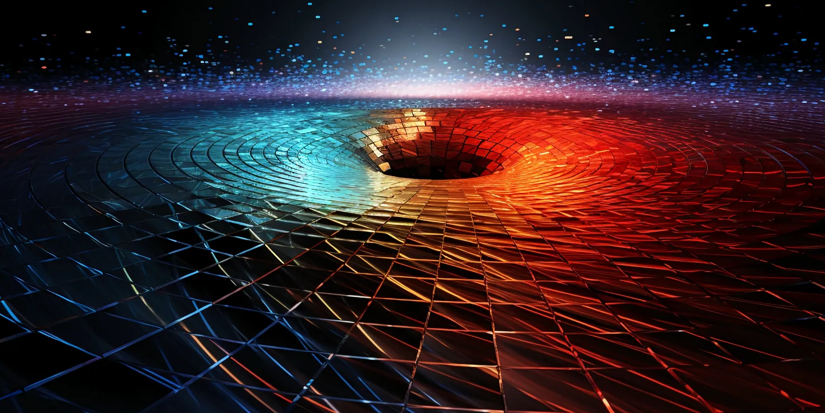 The universe, in all its vastness, is often described as a “fabric” of spacetime—a seamless interweaving of the
The universe, in all its vastness, is often described as a “fabric” of spacetime—a seamless interweaving of the - Are We On The Verge Of Controlling The Earth’s Weather?
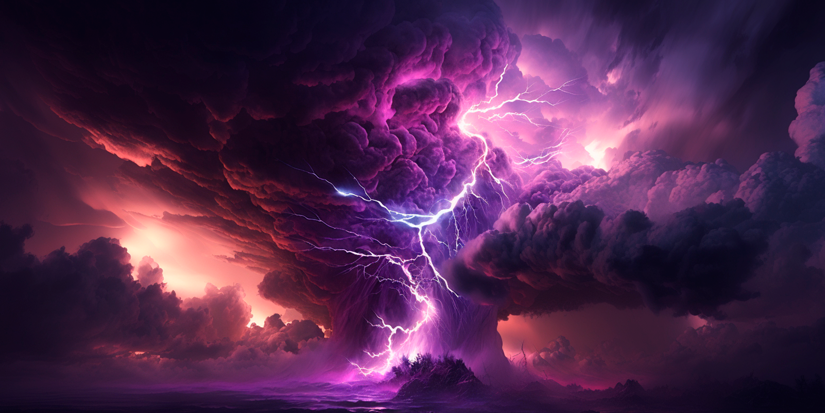 Major weather events are becoming increasingly common and dangerous. Imagine being able to prevent such disasterous conditions, whether
Major weather events are becoming increasingly common and dangerous. Imagine being able to prevent such disasterous conditions, whether - What Does It Mean To Be A Type1 Civilisation?
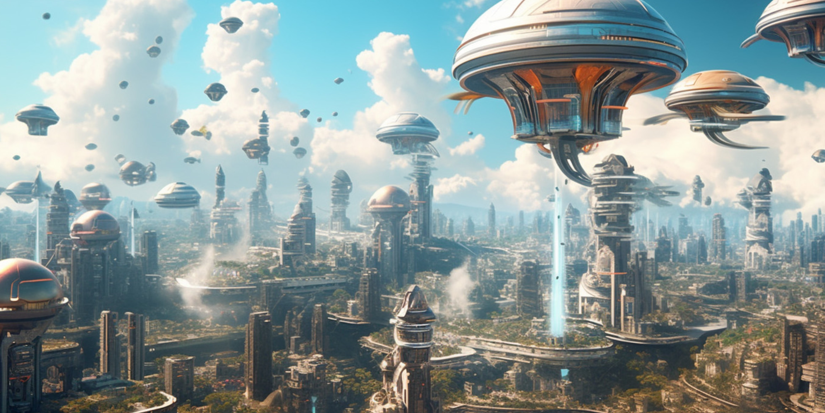 The concept of a Type 1 civilization comes from the Kardashev Scale, a framework proposed by Soviet astronomer
The concept of a Type 1 civilization comes from the Kardashev Scale, a framework proposed by Soviet astronomer - This is the longest running sci-fi franchise in history
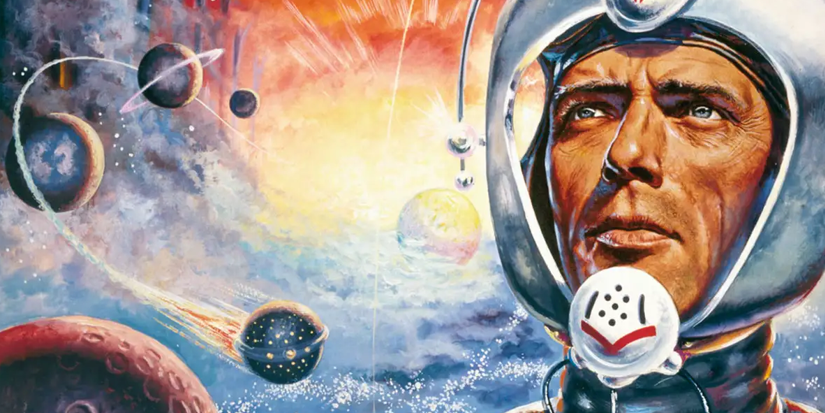 Since its debut in 1961, Perry Rhodan has become the longest-running and most expansive science fiction franchise in
Since its debut in 1961, Perry Rhodan has become the longest-running and most expansive science fiction franchise in - The Dark Theory Of Alien Silence: The Berserker Hypothesis
 In summer of 1950 Italian-American physicist Enrico Fermi was casually discussing UFO’s and the possibility of travelling faster
In summer of 1950 Italian-American physicist Enrico Fermi was casually discussing UFO’s and the possibility of travelling faster - How Did The Predators Develop Their Advanced Weapons And Spaceships?
 Before we get started, I had no idea that the Predator race is called the Yautja. It’s something
Before we get started, I had no idea that the Predator race is called the Yautja. It’s something
